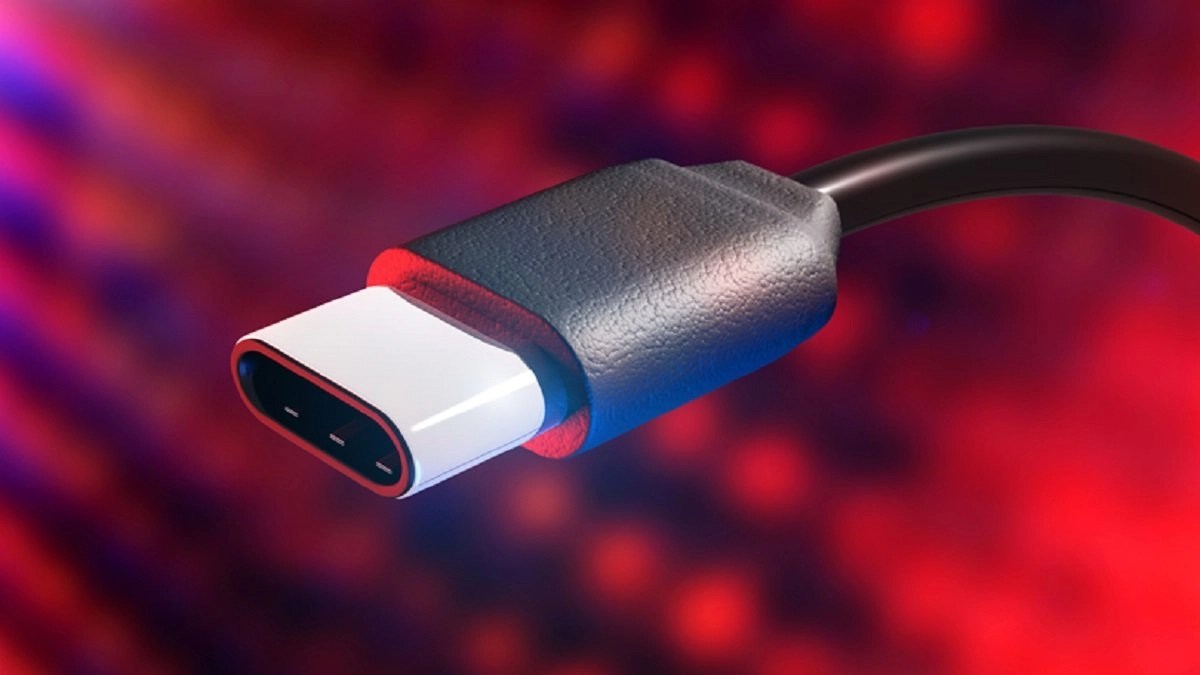Explaining What USB Type-C Is And Why You’ll Want it
In this guide, we'll explain what USB Type-C (or USB Type C) is and why you'll want it. USB-C is the latest version of the USB standard.
Author:Daniel BarrettJun 12, 2022251 Shares125475 Views

This guide will explain what USB Type-C (or USB Type C) is and why you’ll want it. USB stands for “Universal Serial Bus.” It was named this because engineers felt it would replace other connectors on the market to become the one universal connector.
Unfortunately, things didn’t work out so neatly. Over the years, a half-dozen variations of USB have emerged, including mini-USB and micro-USB. And the main USB connector style, called USB-A, is infamously flawed. It’s almost-but-not-quite symmetric, and it isn’t easy to insert properly on the first try.
Different devices have different types of USB ports. These are generally split into three types: USB 3.1, USB 3.2, and Thunderbolt 3 (the latter mainly found on Apple computers). You can see what type you have by checking your device’s manual or contacting the manufacturer.
Now, USB-C is the latest version of the USB standard. So if you’ve bought a new smartphone in the past couple of years, there are chances that it has a new port used for charging and possibly even audio. The new port is officially called USB Type-C, and as you’ve probably noticed, it plugs in the first time every time, thanks to its reversible design. But unlike the rest, USB-C might be good enough to stick around.
There’s much more to this new connector than just a reversible version of the old micro-USB design. So let’s look at exactly what USB Type-C is and what it can do for us.
A Look At The USB Type-C Connector
First, a quick history. The USB connector goes back to 1996 with the USB Type-A connector that you will probably still find on your PCand laptop. The micro-USB port came along with USB 2.0 in 2000 and was the connector port of choice for most portable gadgetsuntil USB Type-C came along in 2014.
Now, let’s take a look at its features.
Also read:How To Easily Fix a Loose USB-C Cable
Features Of USB Type-C
- USB Type-A, B, micro, and mini all share the same basic internal connections. The port shape varies, with faster 3.0 cables and ports boasting an extra high-speed data lane. USB Type-C triples the pin count from USB 3.0’s 8 to 24.
By default, a USB-C cable plugged into a USB 3.1 port can transfer 10 gigabytes of data per second. Plugging into a 3.2 port will get you 20 gigabytes per second. And Thunderbolt 3 ports allow USB-C cables to carry a substantial 40 gigabytes per second. This is much faster than any other sort of USB connector.
So, asides from being the first reversible design, USB Type-C also dramatically expands the number of pins and thus its capabilities too. However, how fast it works depends on what you’re connecting it to.
Also read:How To Clean A Micro USB Port
USB Type-C
- USB is over 20 years old, but Type-C is the first reversible cable and a major revamp of the standard.
- Despite the huge increase in the pin count, USB Type-C is a tiny connector that takes up no more room than an old USB micro-B port. This is partly why it’s been adopted so quickly in smartphones.
- USB-C cables are also used to transfer power. They’re commonly used to charge portable devices, smartphones, laptops, and even security cameras.
A standard USB-C connector can provide 2.5 watts of power, the same as most USB-A connectors. But many devices use something called a Power Delivery (PD) protocol, which will let a USB-C cable deliver up to 100 watts.
- The USB-C connector is immediately recognizable because it has an oval shape, a rectangle with its corners smoothed into a curve, unlike the older USB-A. However, it’s completely symmetrical, so it’s impossible to insert it incorrectly.
- Also, USB-C is narrow enough to fit on phones with no problem. This means that it can be a standard connector for both computers and phones and other devices like game consoles.
Some popular devices that use USB-C cables are the Nintendo Switch, MacBook Pro, and Samsung Galaxy line of phones. It’s a smarter connector because it’s perfectly symmetrical.
In conclusion, USB-C cables far outpace other types of USB cables. As time goes on, more and more devices will start using USB-C.
Editor’s picks:

Daniel Barrett
Author
Latest Articles
Popular Articles